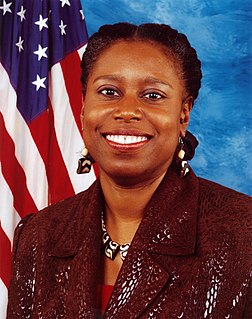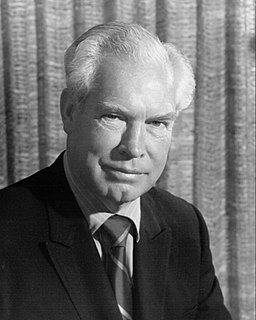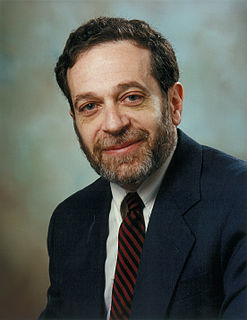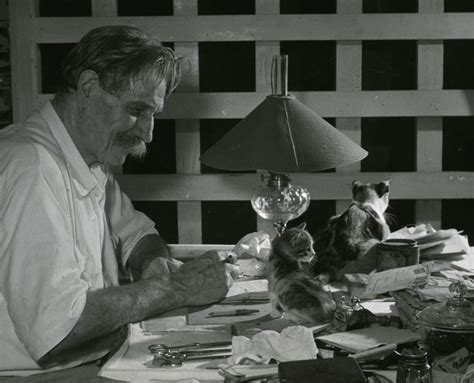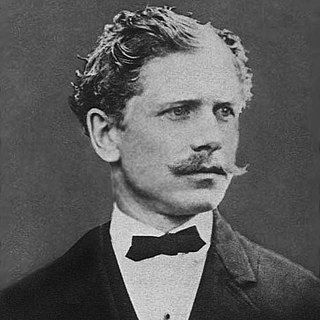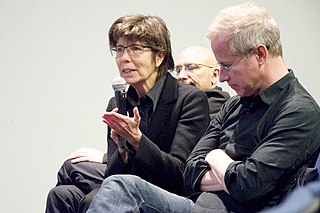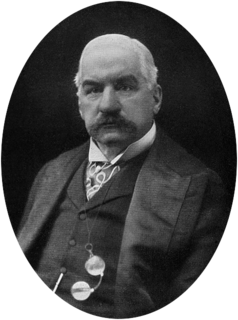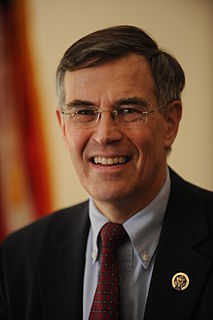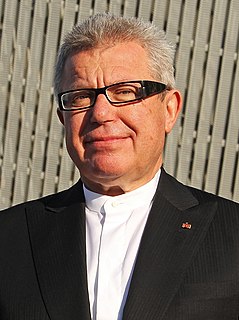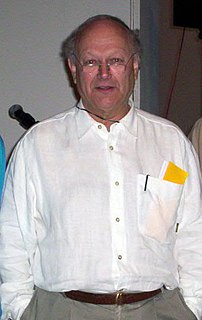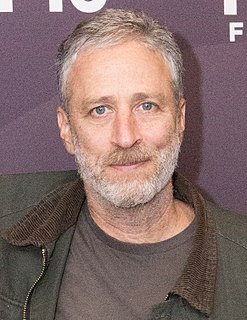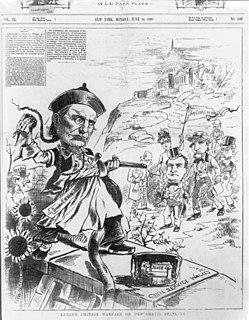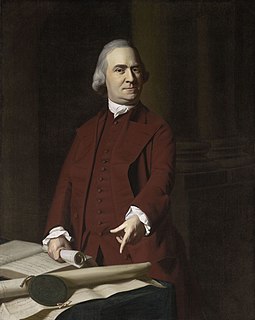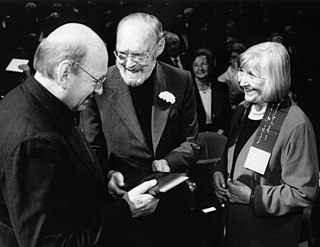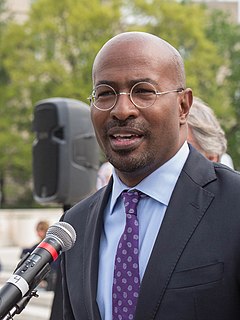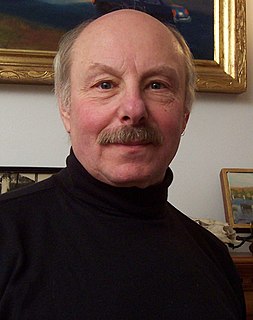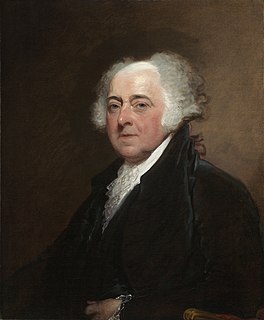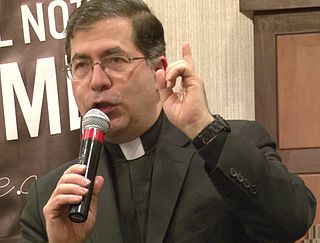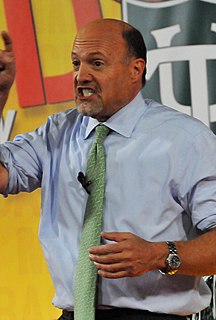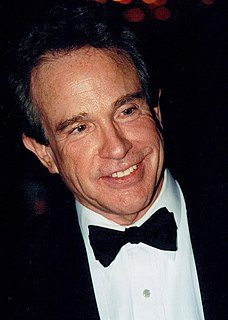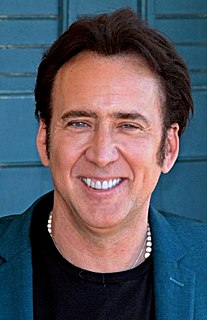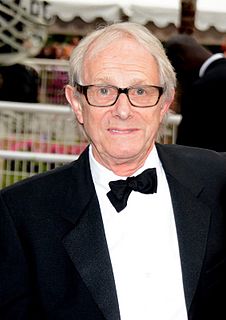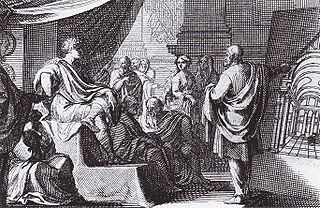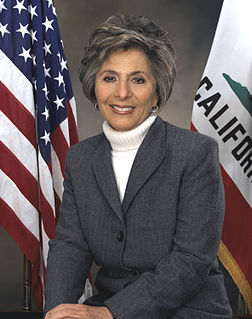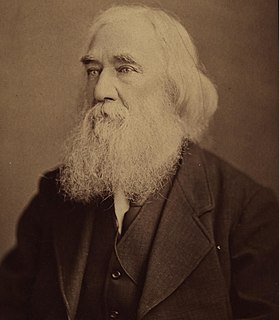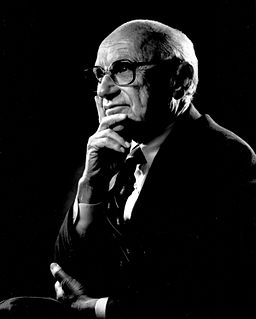Top 1200 Public Buildings Quotes & Sayings - Page 2
Explore popular Public Buildings quotes.
Last updated on April 20, 2025.
Images of burning Red Cross and UN buildings struck by US bombs contrasted with images of thousands of desperately poor Afghan women carrying sickly and starving children out of Afghanistan as they flee the might of the US military is tearing at international public confidence in our war against terrorism.
Pertaining to a certain order of architecture, otherwise known as Normal American. Most of the public buildings of the United States are of the Ramshackle order, though some of our earlier architects preferred the Ironic. Recent additions to the White House in Washington are Theo-Doric, the ecclesiastic order of the Dorians. They are exceedingly fine and cost one hundred dollars a brick.
I graduated from Wesleyan University with a b.a. in art. I was really headed toward an architecture degree, but when I did the requirements for the major, I realized I was more interested in how people live in buildings than in making buildings. I was more interested in the interactions that happened inside the structures. So I got an art degree as a default position.
Buildings are seldom just buildings in downtown Chicago, they are Examples, and not a city on Earth, I swear, is as knowledgeably preoccupied with architectural meaning. Where else would a department store include in its advertisements the name of the architect who created it, or a newspaper property section throw in a scholarly exposition of theoretical design?
Don't talk to me about appealing to the public. I am done with the public, for the present anyway. The public reads the headlines and that is all. The story itself is fair and shows the facts. That would be all right if the public read the facts. But it does not. It reads the headlines and listens to the demagogues and that's the stuff public opinion is made of.
The best way to alleviate the obesity "public health" crisis is to remove obesity from the realm of public health. It doesn't belong there. It's difficult to think of anything more private and of less public concern than what we choose to put into our bodies. It only becomes a public matter when we force the public to pay for the consequences of those choices.
I'm very interested in buildings that adapt to changes in climatic conditions according to the seasons, buildings capable of responding to our physical and psychological needs in the way that clothing does. We don't turn on the air-conditioning as we walk through the streets in high summer. Instead, we change the character of the clothing by which we are protected. Layering and changeability: this is the key.
I graduated from Wesleyan University with a B.A. in art. I was really headed toward an architecture degree, but when I did the requirements for the major, I realized I was more interested in how people live in buildings than in making buildings. I was more interested in the interactions that happened inside the structures.
As time went by we developed a sort of ideology without ever formulating it as such. I've always said that we are documenting the sacred buildings of Calvinism. Calvinism rejects all forms of art and therefore never developed its own architecture. The buildings we photograph originate directly from this purely economical thinking.
Everyone must be clear that business as usual is not an option. Most of us live in buildings erected long before we were born and our successors will have to live with the environmental consequences of the buildings we construct today. It is vital that we minimise harmful impacts for those who come after us
We need to send hundreds of millions of dollars down to our public high schools, vocational colleges, and community colleges to begin training people in the green-collar work of the future - things like solar-panel installation, retrofitting buildings that are leaking energy, wastewater reclamation, organic food, materials reuse and recycling.
Community is not something you have, like pizza. Now is it something you can buy. It's a living organism based on a web of interdependencies- which is to say, a local economy. It expresses itself physically as connectedness, as buildings actively relating to each other, and to whatever public space exists, be it the street, or the courthouse or the village green.
Where can we find greater structural clarity than in the wooden buildings of the old. Where else can we find such unity of material, construction and form? Here the wisdom of whole generations is stored. What feelings for material and what power of expression there is in these buildings! What warmth and beauty they have! They seem to be echoes of old songs.
Public virtue cannot exist in a nation without private, and public virtue is the only foundation of republics. There must be a positive passion for the public good, the public interest, honour, power and glory, established in the minds of the people, or there can be no republican government, nor any real liberty: and this public passion must be superiour to all private passions.
I believe very much in a dialogue between buildings - I believe it's always been there. I think buildings have different identities and live very well next to each other. We always have the shock of the new, and that's fine. The renaissance style is totally different from the medieval, and they have a dialogue across time.
It is not possible to make great buildings, or great towns, beautiful places, places where you feel yourself, places where you feel alive, except by following this way. And, as you will see, this way will lead anyone who looks for it to buildings which are themselves as ancient in their form, as the trees and hills, and as our faces are.
I'm afraid what we are building today will not have the same impact and sustainability of the architecture of a 100, 500 or 1,000 years ago. The buildings of those days were miracles. We don't perform such miracles today. So we should be a little more modest. For my part, I'll be glad to show one of my buildings one day to my grandchildren and say: I'm proud of that.
Geometry is of much assistance in architecture, and in particular it teaches us the use of the rule and compasses, by which especially we acquire readiness in making plans for buildings in their grounds, and rightly apply the square, the level, and the plummet. By means of optics the light in buildings can be drawn from fixed quarters of the sky. Difficult questions involving symmetry are solved by means of geometrical theories and methods.
When you travel, you can see lots of great buildings and monuments and stuff, but the best part of traveling is meeting people as you go. Those are the people who made the places you go to anyway. All my memories of traveling - yeah, there are some buildings or landscapes that I'll always remember - but I still think I remember the people I meet more than any of that.
In China I told pastors about how, in the West, we have these church buildings and how we go to services each week that last an hour or so. I told them how if we don't like the music or the message then we can go to different buildings and services... They all broke out into laughter. They thought I was the funniest guy they had ever seen.
The public brings our buildings to life, and we try to choreograph a lot of things, but our most successful work functions in unanticipated ways. Like the Blur Building. When little kids got in there, they cried or laughed or ran around. And no matter how much theory we put on top of it, it didn't matter: it worked.
